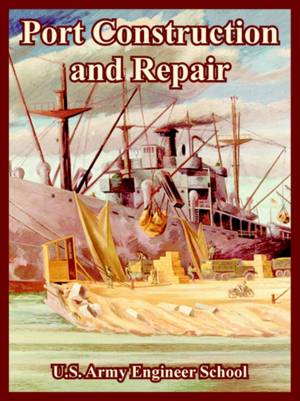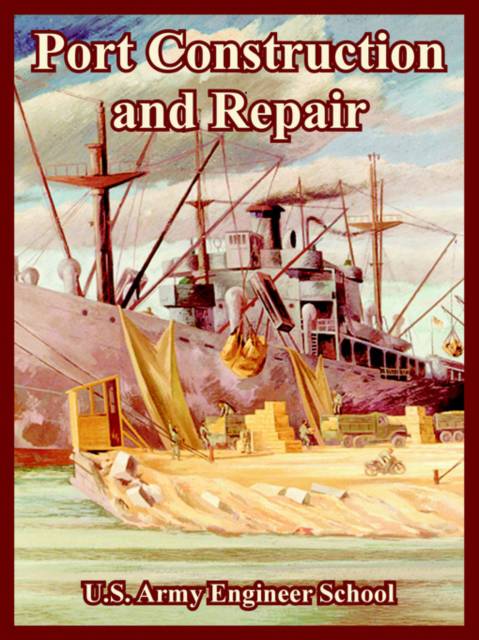
- Retrait gratuit dans votre magasin Club
- 7.000.000 titres dans notre catalogue
- Payer en toute sécurité
- Toujours un magasin près de chez vous
- Retrait gratuit dans votre magasin Club
- 7.000.0000 titres dans notre catalogue
- Payer en toute sécurité
- Toujours un magasin près de chez vous
Description
This manual is a guide and basic reference for engineer units building and rehabilitating ship-unloading and cargo-handling facilities in the theaters of operations. It includes port planning and layout and construction of freed and floating wharves to support both conventional and container ships. It covers the special problems of expedient construction of ports and railways on wharves and piers. The information concerning facilities for handling and shipping cargo in containers represents current development. The manual covers many techniques still in the concept stage. The user is cautioned to get the latest information before proceeding with plans. The material applies to both nuclear and nonnuclear warfare; however, in nuclear warfare, port construction would be confined to small ports not offering strategic targets to the enemy. Obtaining adequate ports early in any overseas operation is very important. Securing and using already existing ports is usually better than securing a site and building a new port by conventional methods. Old ports require less material, time, and personnel. Old ports often have towns nearby, as well as shore facilities such as warehouses, roads, railways, and petroleum, oil, and lubricants terminals. New ports lack all these facilities. Generally, new ports and temporary landing facilities serve only in the initial phase of an invasion and follow-up logistics-over-the-shore operations. Since established ports are better, beach sites are abandoned as ports as soon as established ports are acquired or rehabilitated. Current trends in commercial shipping indicate that 90 percent of all cargo arriving in future theater of operations will arrive by container. This method of shipping requires dock and road surfaces capable of withstanding great loads. It also requires heavy-lift equipment capable of transferring the largest loaded container (40 feet, 67,200 pounds) from ships up to 1,000 feet long and 115 feet wide. Current Army facilities components system port designs must be changed to support such an operation.
Spécifications
Parties prenantes
- Auteur(s) :
- Editeur:
Contenu
- Nombre de pages :
- 244
- Langue:
- Anglais
Caractéristiques
- EAN:
- 9781410224507
- Date de parution :
- 29-06-05
- Format:
- Livre broché
- Format numérique:
- Trade paperback (VS)
- Dimensions :
- 210 mm x 279 mm
- Poids :
- 557 g

Les avis
Nous publions uniquement les avis qui respectent les conditions requises. Consultez nos conditions pour les avis.






